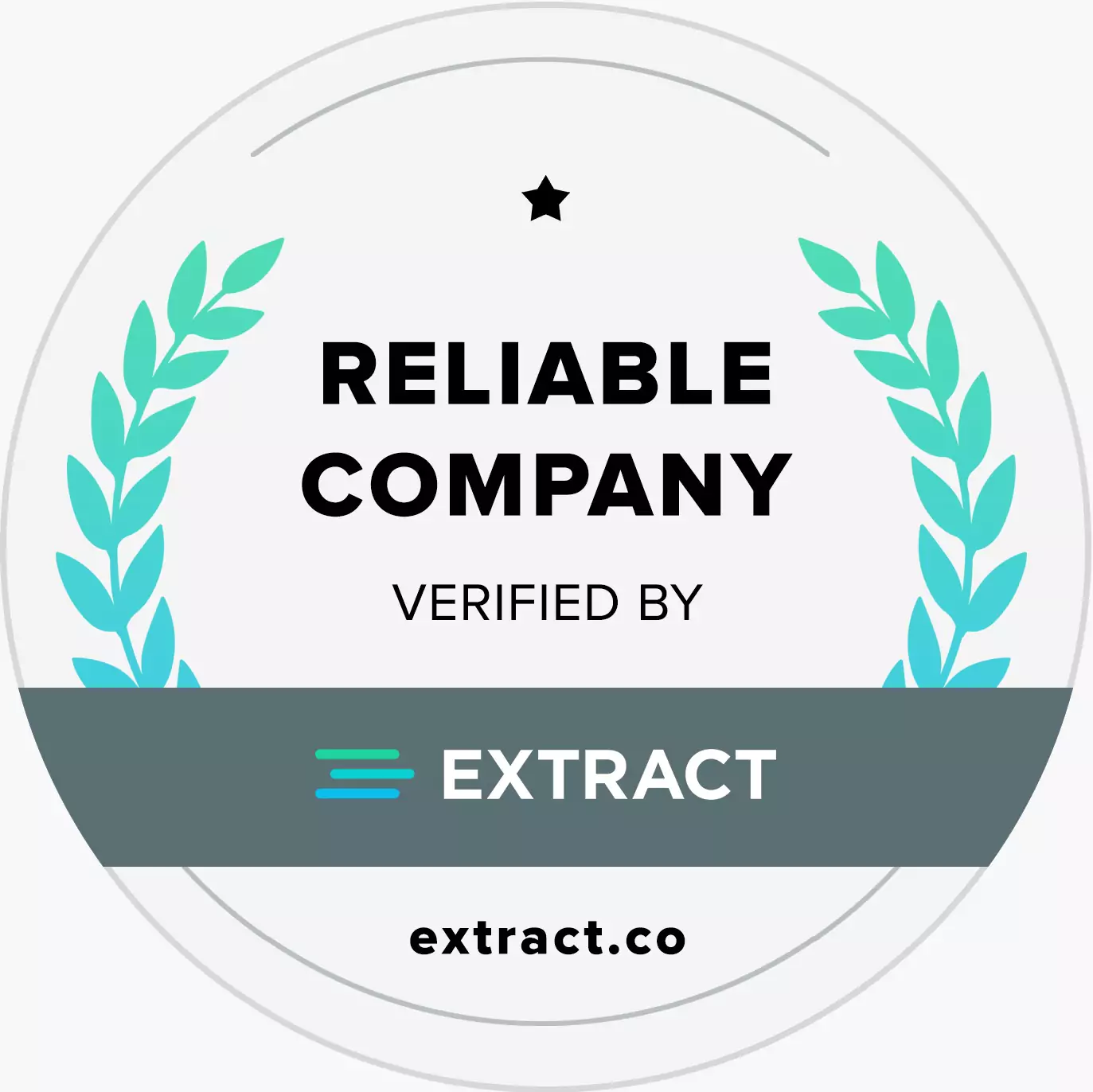
In the fast-paced and competitive landscape of B2B (business-to-business) commerce, companies must evolve rapidly to meet changing market demands and customer expectations. For high-growth B2B businesses, scalability in web applications is not just a luxury; it’s a necessity. At Max Vision Solutions Private Limited, we understand that as your business grows, your web application must be able to accommodate increasing user demands, data volumes, and functionality requirements without compromising performance.
This article provides an in-depth exploration of the strategies and considerations for building scalable B2B e-commerce platforms tailored to the needs of high-growth businesses.
Understanding Scalability

Scalability is the capability of a system to handle an increasing amount of work or its potential to accommodate growth. In the context of web applications, scalability ensures that your application can manage increased traffic, transactions, and data without performance degradation.
Types of Scalability
- Vertical Scalability (Scaling Up): This involves adding resources to a single node, such as increasing the CPU, RAM, or storage capacity of a server. While vertical scaling can be simpler to implement, there is a limit to how much you can scale a single machine. Once you reach that limit, further expansion may require significant downtime or a complete overhaul of your infrastructure.
.
- Horizontal Scalability (Scaling Out): This involves adding more nodes or machines to your system, distributing the load across multiple servers. Horizontal scaling is generally preferred for high-growth applications because it allows for better handling of massive traffic and data efficiently. This method is more flexible and cost-effective for long-term growth.
Key Considerations for Building Scalable Web Applications

When developing a scalable web application for a high-growth B2B business, several key considerations should guide your approach:
1. Architecture Design

The architecture of your application is fundamental to its scalability. A well-structured architecture can accommodate growth and adapt to changing business needs. Here are some architectural patterns to consider:
- Microservices Architecture: This approach involves breaking down your application into smaller, independent services that can be developed, deployed, and scaled independently. Microservices enhance flexibility and allow you to focus on individual components without affecting the entire application. Each microservice can use different programming languages and data storage solutions, allowing for greater technological diversity.
- Serverless Architecture: Leveraging cloud services like AWS Lambda, Azure Functions, or Google Cloud Functions enables you to build applications that automatically scale in response to demand. In a serverless architecture, you pay only for the compute time you consume, making it cost-effective for high-growth scenarios. This model allows your development team to focus more on writing code and less on managing infrastructure.
2. Database Scalability
Choosing the right database and ensuring it is scalable is critical for managing large volumes of data. Here are some strategies to ensure your database can handle growth:
- Relational vs. NoSQL Databases: While traditional relational databases (like MySQL or PostgreSQL) are suitable for many applications, NoSQL databases (like MongoDB, Cassandra, or DynamoDB) offer flexible schemas and are designed to handle unstructured data and large volumes of traffic. NoSQL databases can easily distribute data across multiple servers, enabling horizontal scalability.
- Database Sharding: Distributing your database across multiple servers (sharding) allows you to manage larger datasets and improves performance. Each shard is a subset of the database, and the system distributes requests among them. Sharding enables horizontal scalability, making it easier to accommodate growth without overwhelming a single database server.
3. Load Balancing
Load balancing is essential for distributing incoming traffic evenly across multiple servers. This enhances performance and ensures that no single server is overwhelmed, leading to downtime or slow response times. Consider implementing the following load balancing strategies:
- Round Robin: This strategy distributes incoming traffic to servers in a rotating manner. It’s simple and effective for evenly distributing load, but it may not take into account the current load on each server.
- Least Connections: This method directs traffic to the server with the fewest active connections. This approach is particularly beneficial for applications with varying server capabilities and helps ensure that all servers are used optimally.
- IP Hashing: This technique uses the IP address of the client to determine which server will handle the request. It’s useful when you want a user to always connect to the same server (session persistence).
4. Caching Strategies
Implementing caching mechanisms can significantly enhance application performance and scalability. By temporarily storing frequently accessed data in memory, you can reduce database load and improve response times. Here are some caching strategies to consider:
- In-Memory Caching: Utilizing tools like Redis or Memcached allows for fast data retrieval and reduces the need for repeated database queries. Caching can be implemented at various levels, including object caching, page caching, and data caching.
- Content Delivery Networks (CDNs): CDNs cache static assets (such as images, stylesheets, and scripts) closer to users, improving load times and reducing server strain. This is particularly important for B2B applications with a global user base, as CDNs can dramatically reduce latency.
5. Performance Monitoring and Optimization
Continuous monitoring of your application’s performance is essential to identify bottlenecks and optimize scalability. Utilize tools like Google Analytics, New Relic, or Datadog to track user behavior and application performance. Key performance indicators (KPIs) to monitor include:
- Response Time: Measure how quickly your application responds to user requests. Slow response times can lead to user frustration and decreased engagement.
- Server Load: Keep track of CPU and memory usage to identify potential scalability issues. Understanding your server's capacity helps you plan for future scaling needs.
- User Growth: Monitor user engagement and growth metrics to anticipate future scaling requirements. Analyzing user patterns can help inform your development roadmap.
6. Continuous Integration and Deployment (CI/CD)

Implementing CI/CD practices ensures that your application can be updated and scaled without downtime. By automating the deployment process, you can introduce new features, bug fixes, and enhancements quickly and efficiently. This approach allows you to respond to market demands and scale your application as needed.
- Automated Testing: Integrate automated testing into your CI/CD pipeline to ensure that each deployment is thoroughly tested, minimizing the risk of introducing bugs into your application.
- Blue-Green Deployments: This strategy involves maintaining two identical environments: one (blue) for the current version and one (green) for the new version. You can switch traffic between them seamlessly, allowing for smooth transitions and minimal downtime.
7. Testing for Scalability
Before deploying your application, conduct load testing to evaluate its performance under heavy traffic. Tools like Apache JMeter, Gatling, or Loader.io can simulate multiple users accessing your application simultaneously, helping you identify potential issues and optimize scalability.
- Stress Testing: This involves pushing your application beyond its limits to see how it handles extreme conditions. Stress testing helps identify breaking points and areas for improvement.
- Endurance Testing: This type of testing measures how well your application performs under sustained load over an extended period. It helps ensure that your application can handle continuous user activity without degradation.
Best Practices for Building Scalable Web Applications

In addition to the key considerations outlined above, there are several best practices you should follow when building scalable web applications:
- Keep Your Codebase Modular: A modular codebase allows developers to work on different components of the application simultaneously without interfering with one another. This structure enhances maintainability and scalability, as you can easily add or update individual modules as your application grows.
- Optimize Database Queries: Inefficient database queries can lead to performance bottlenecks. Optimize your queries by:
- Using indexes to speed up data retrieval.
- Avoiding SELECT * and fetching only the necessary columns.
- Utilizing query caching to reduce database load.
- Design for Failover and Redundancy: High availability is crucial for any scalable application. Design your application with failover mechanisms and redundancy to ensure that it remains operational even in the event of server failures. Use techniques like data replication and load balancing to distribute traffic and prevent downtime.
- Utilize Asynchronous Processing: For resource-intensive tasks that do not require immediate feedback, consider using asynchronous processing. Queuing systems like RabbitMQ or Amazon SQS can help you manage background tasks efficiently, allowing your web application to respond to user requests more quickly.
- Leverage Cloud Infrastructure: Cloud platforms such as Amazon Web Services (AWS), Microsoft Azure, and Google Cloud offer scalable infrastructure that can grow with your business. Utilizing cloud-based CRM solutions for high-growth B2B businesses allows you to take advantage of built-in scalability features and pay only for the resources you use.
Conclusion
Building scalable web applications is crucial for high-growth B2B businesses looking to thrive in a competitive landscape. By focusing on architecture design, database scalability, load balancing, caching strategies, performance monitoring, CI/CD practices, and thorough testing, you can create applications that not only meet current demands but also adapt to future growth.
At Max Vision Solutions Private Limited, we specialize in developing scalable web applications tailored to your business needs. Our experienced team of developers, designers, and IT consultants is committed to delivering solutions that drive growth and enhance efficiency.
In an era where agility and adaptability are paramount, investing in a scalable web application can provide your B2B business with a competitive edge, ensuring you are well-positioned to seize opportunities as they arise.
If you are ready to take your B2B application to the next level, contact us today to learn how we can help you build a scalable web application that supports your business objectives.















